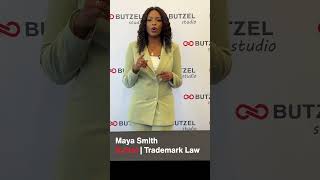The New US-EU Trade Deal: What Businesses Need to Know
On July 27, 2025, President Donald J. Trump and European Commission President Ursula von der Leyen announced a United States-European Union (US–EU) trade agreement. According to a White House fact sheet released yesterday, the deal is one of the most significant changes to US–EU trade in decades. It includes significant tariff reductions, large-scale EU investments in the United States, and increased access to European markets for American businesses.
Under the agreement, the European Union will invest $600 billion in the US economy over the course of President Trump’s current term. This new investment is in addition to the over $100 billion EU companies already invest in the United States every year. The EU also committed to purchasing $750 billion in American energy exports by 2028, reducing Europe’s reliance on less stable sources.
The deal also imposes a flat 15% tariff on most EU exports to the US, including automobiles, pharmaceuticals, and semiconductors. Tariffs on steel, aluminum, and copper will remain at 50%. The EU will eliminate all tariffs on US industrial goods and open quotas for other US products, creating significant new opportunities for American exporters.
Beyond tariffs, the agreement tackles long-standing non-tariff barriers. The EU has pledged to reduce regulatory burdens for US industrial exporters, especially small and mid-sized businesses. In the digital space, both sides agreed to maintain zero customs duties on electronic transmissions and to reject the implementation of network usage fees.
To ensure the benefits of the agreement flow directly to US and EU producers, the parties will implement strong rules of origin. The deal also includes joint commitments to strengthen economic security through coordinated actions on supply chain resilience, export controls, investment screening, and enforcement against trade duty evasion. Additionally, the EU has agreed to make significant purchases of US military equipment and facilitate several major commercial transactions in sectors such as semiconductors and energy.
This agreement is a part of the administration’s “America First” strategy, with the stated goal to boost exports, attract investment, and promote innovation. Companies operating across US–EU markets should begin evaluating how these changes may impact their compliance obligations, supply chains, and strategic opportunities.
The Butzel International Trade, Tariffs and Customs Specialty Team helps businesses navigate these fast-moving tariff developments and related issues. We will continue to provide updates as quickly and thoroughly as possible. Also, please visit our Tariff and Trade Resource Center for the most up-to-date news on tariffs, trade, and business implications. We encourage you to reach out to the authors of this Client Alert or your Butzel attorney for further information.
Jennifer Smith-Veluz
202.454.2885
smithveluz@butzel.com
Sabrina Yono
313.225.5321
yono@butzel.com
Mitchell Zajac
313.225.7059
zajac@butzel.com
Catherine Karol
313.225.5308
karol@butzel.com













